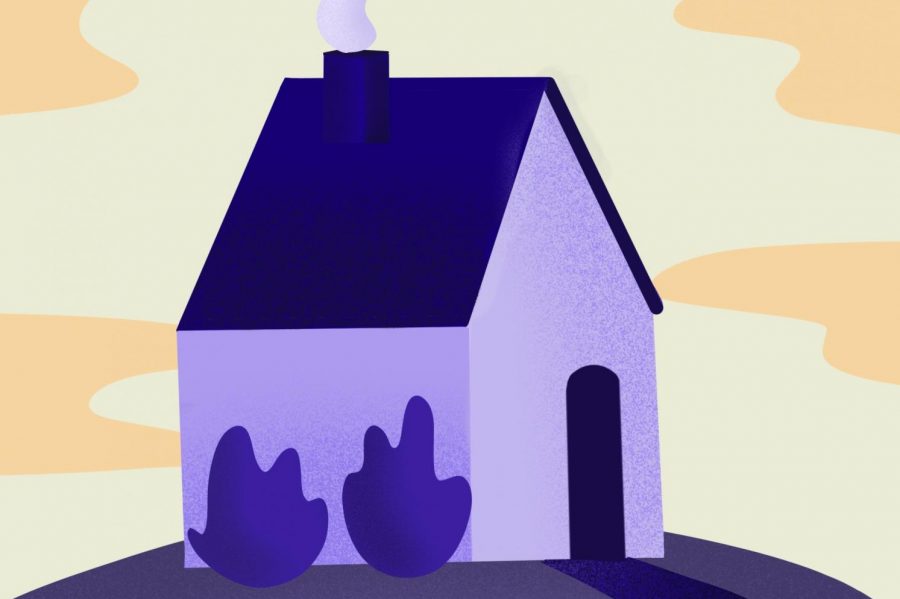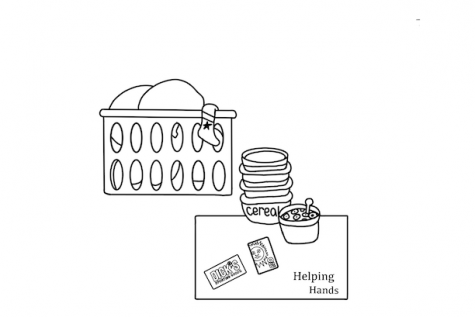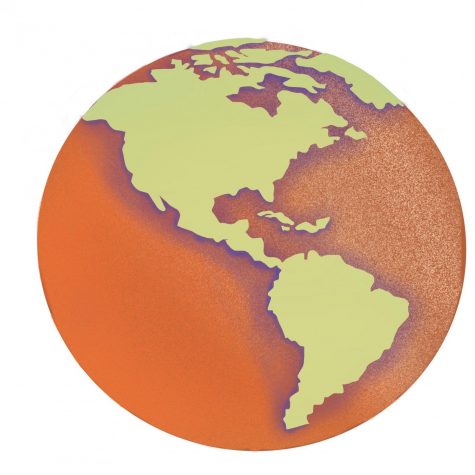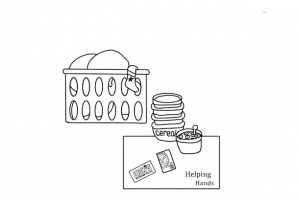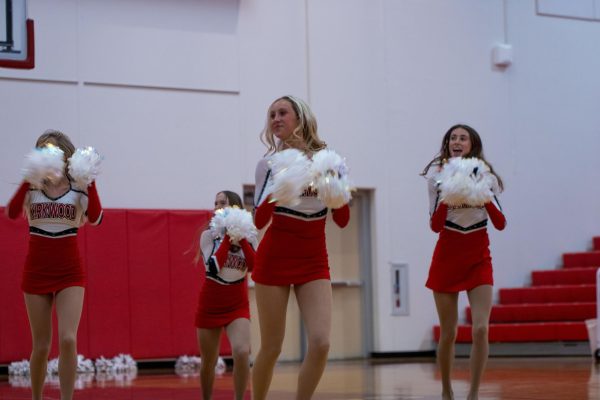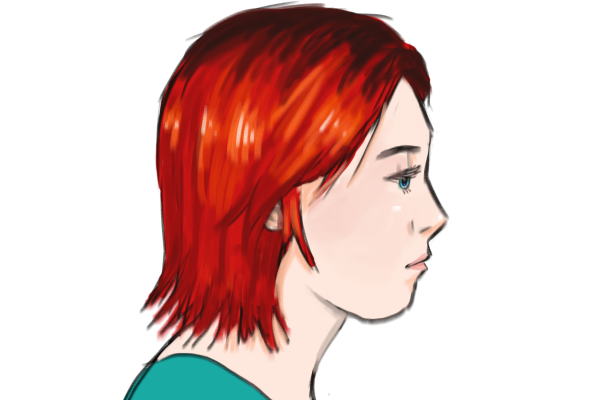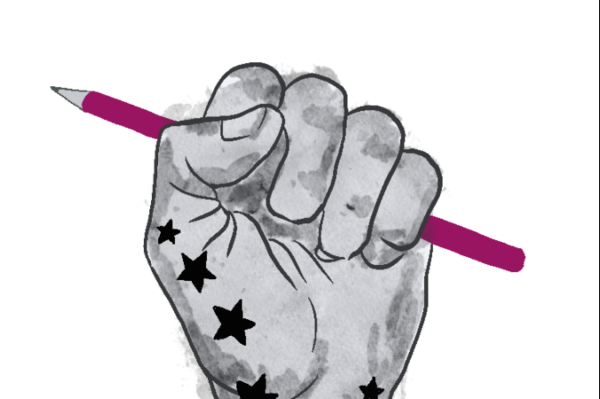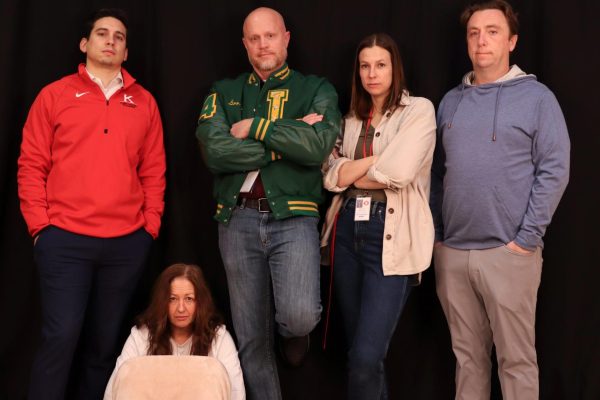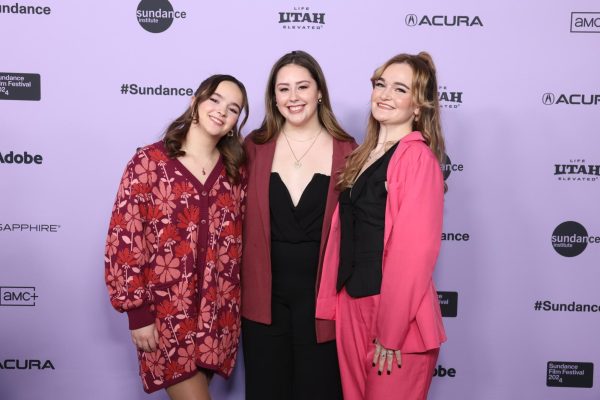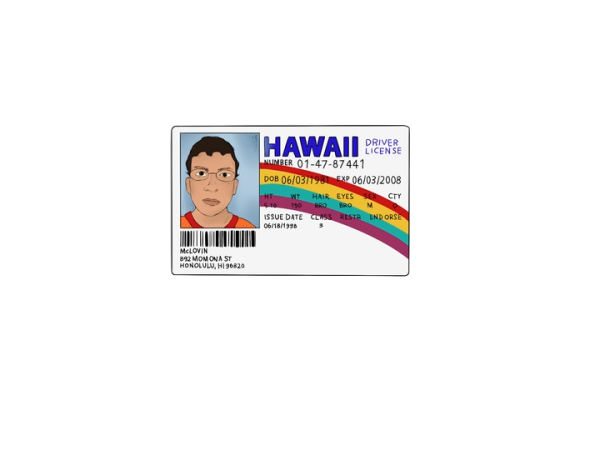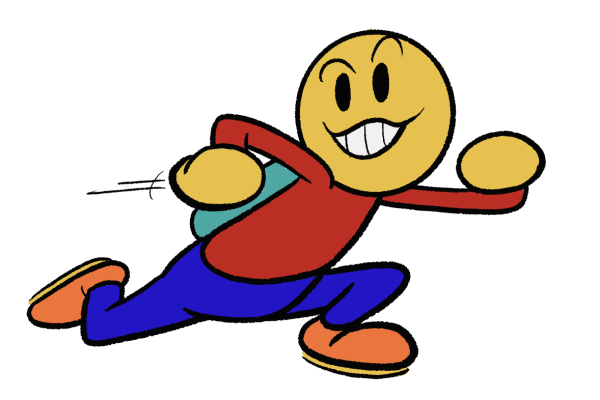Adoption through a different lens
It’s the soon-to-be big sister, waiting to share her room with a new family member. It’s a mother who has been working through the adoption process for years, and is ready to call a child her own. It’s the cat who knows that their tail is going to be pulled by a pair of tiny hands. Whether it’s international or domestic, everyone involved has their personal view of adoption.
From the little girl meeting her forever family for the first time, to the first time mother finally getting to sign the adoption papers. Adoption is a life changing word that impacts many people, and it is completely different for everyone who goes through it. The adoptees aren’t the only ones who get to experience it either. It’s the soon-to-be big sister, waiting to share her room with a new family member. It’s a mother who has been working through the adoption process for years, and is ready to call a child her own. It’s the cat who knows that their tail is going to be pulled by a pair of tiny hands. Whether it’s international or domestic, everyone involved has their personal view of adoption.
Lauren Kennedy’s domestic adoption story
Lauren Kennedy, sophomore, was adopted privately, immediately after her birth. This means that at her birth she was immediately handed over to her adoptive mom.
“My mom was at the hospital when I was born,” Lauren said. “My mom knew that she was going to adopt me about three months before I was born.”
Lauren’s mom, Genevieve Kennedy, had been wanting to adopt about a year prior to Lauren’s adoption. She claims that she was ready because she hadn’t found a spouse.
“I didn’t want to go through the medical process getting pregnant,” Genevieve said. “There [are] so many children out there that were already in need of a home.”
Lauren was born in Washington and soon moved to Idaho. Though Lauren was adopted domestically, her mom considered international adoption. Genevieve explained how her chances to adopt internationally fell through due to complications.
“When I was first looking into adoption, China was actually very open to single parent adoption,” Genevieve said. “Then probably a year or so after I had an interest in adoption, that whole scenario changed, and they really weren’t wanting to adopt to single parents.”
Genevieve claims she didn’t necessarily have a preference to commit to either international or domestic adoption. However, her opportunity to domestically adopt came when she met someone wanting to give her child up.
“I met someone who had a niece who wanted to give their child up for adoption,” Genevieve said. “To me it was like a God moment. It was destiny as far as I’m concerned.”
Unlike many adoptions, Lauren has been and still actively communicates with her biological family. She said that many of her initial interactions with her birth mother were awkward because she did not know how to act around her. Though interactions with her birth mom held some tension, her adopted mom wanted the two to have a relationship. Lauren explains that she shares similar interests to her birth mom.
“My birth mom, she is so artsy, she loves crafts and just creating things. I remember we went to pottery studios [together],” Lauren said. “I just remember doing fun, creative stuff with her.”
Lauren claims that many adopted children can feel out of place in their family, and that she is no exception. She says that despite being a part of her adopted family, she still feels as if she doesn’t fit in because she doesn’t have some of the physical features her adopted family has.
“They are all full Irish so they are all kind of red heads,” Lauren said. “I just kinda looked like the odd one out in family photos which isn’t a huge deal, but I [still] feel a little out sometimes when I go to family reunions.”
She states that when with her biological family, she feels like she fits in better with them than with her adoptive family. After spending time in Oregon with her biological family this summer, their connection grew after discussing her adoption story with them.
[I felt really] comfortable when we were walking down the street. People were just like, ‘oh that’s a family.’
— Lauren Kennedy
“I was sitting with [my biological family, my birth mom], and my mom, and we were all telling the story of me being adopted,” Lauren said. “Since they were all there it just felt so personal, like I had known them for my whole life. [I felt really] comfortable when we were walking down the street. People were just like, ‘oh that’s a family’.”
Lauren was able to keep in touch with her biological family and sees them about once a year. Being a part of her biological family’s life has been made easier because she is in the same country as they are. Many international adoptions don’t have some of the same opportunities that people like Lauren have had.
Lainey Hogg’s international adoption story
On June 8, 2004, China gained a little girl. 10 months later, the U.S. would welcome her with open arms. Her new life in the U.S. as an adoptee would open new doors of opportunity for her, and many questions.
Lainey Hogg, sophomore, was adopted from Hunan, China at 10 months old. Her mom, Christie Hogg, had been drawn to international adoption.
According to Christie, Lainey’s grandfather had been born outside of the U.S. and came to America as a baby. By his parents taking a step to adopt him, he had had a strong appreciation for how his adoption changed his life for the better. For Christie, adopting internationally was her way of honoring him and his experience as an adoptee.
Lainey said her adoption wasn’t something she was bothered by. She is thankful that she knows other Chinese adoptees that she can relate to.
“There’s a lot of adopted girls from China [in America], so it’s kind of like giving you a community of people who are in the same boat as you,” Lainey said. “At school, I was the only adopted Chinese person, I think adopted person period, but [having a community of other Chinese adoptees] gave me something to connect with and relate to.”
Lainey said she celebrates many Chinese holidays, and is still able to uphold many traditional Chinese customs. However, she claims her way of celebrating is culturally different.
“We celebrate Chinese new year, but it’s not to the point that a normal Chinese family might, where it’s an extended family gathering,” Lainey said. “I just do it more at home with my parents.”
Lainey said despite the differences between how she celebrates versus how traditional Chinese families celebrate, there are many opportunities to embrace Chinese culture. Not only does she celebrate Chinese holidays, but she also gets to celebrate her adoption.
“We go to the lunar new year show at Washington University because they have a great cultural program,” Lainey said. “It’s not necessarily a Chinese tradition, but I also celebrate my gotcha day, which is the day I was adopted.”
She claims that sometimes she does feel as if she is missing out on a Chinese family, but she is very happy with her adopted family. She also likes to look at her adoption in a different light, looking on the positive side.
“I like to think [my birth family gave me up] so I could have a better life, and I do have a great life in America,” Lainey said. “I was born in a poorer city which isn’t necessarily like I didn’t want to grow up poor, [but] they made the choice to give me up so I could have a better life, and that’s just how I like to think about it. I never think about my birth parents in a bad way.”
Lainey said that visiting her birth place is a big goal of hers. She has considered searching for her biological family, but feels the process would be extensive and difficult.
“With things like ‘23 and Me’ and all those DNA testing things, it is very possible to find some sort of family,” Lainey said. “In terms of finding my parents, it is not that likely I would find something like that.”
She explains that in China the way people often give up their children makes it more difficult for her to find her parents. However, she would still like to try to find them in the future.
With things like ‘23 and Me’ and all those DNA testing things, it is very possible to find some sort of family,” Lainey said. “In terms of finding my parents, it is not that likely I would find something like that.
— Lainey Hogg
“In China, people don’t just give their child to an orphanage, they leave them in a public place because it’s more shamed upon to say that ‘I can’t care for my child,’ so you just leave your child on like a park bench or something,” Lainey said. “So it would be definitely harder to find my birth parents than it would be to find another sibling or another cousin. It’s probably something that I would be interested in once I’m an adult.”
Lauren and Lainey both can say they are adopted, but their stories both go in dramatically different directions. Lainey claims that she is still very interested in searching for her biological parents, despite the challenges that could come with it. She wants to try and find something that connects her to her biological family, even if it’s not much.
As for Lauren, she hopes that she will be able to grow even closer to her biological family. Now that her biological family is growing, she wants to try and be around them as much as possible, despite the distance between them.
“I have a half sister, [and] I love being an only child don’t get me wrong, but I feel like a sibling would be a great connection,” Lauren said. “I hope that someday in the future we’ll be apart of each other’s lives, and I know that I missed a lot of her growing up, but I want to be there for that.”
Your donation will support the student journalists of Kirkwood High School. Your contribution will allow us to purchase equipment and cover our annual website hosting costs.
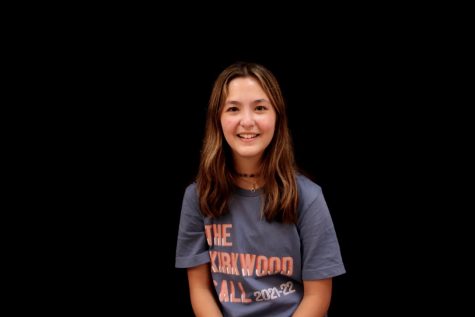
she/her
Hobbies and Interests: writing, baking, hanging out with friends, bullet journaling, watching movies
Favorite song: good 4 u by Olivia Rodrigo
Favorite...



